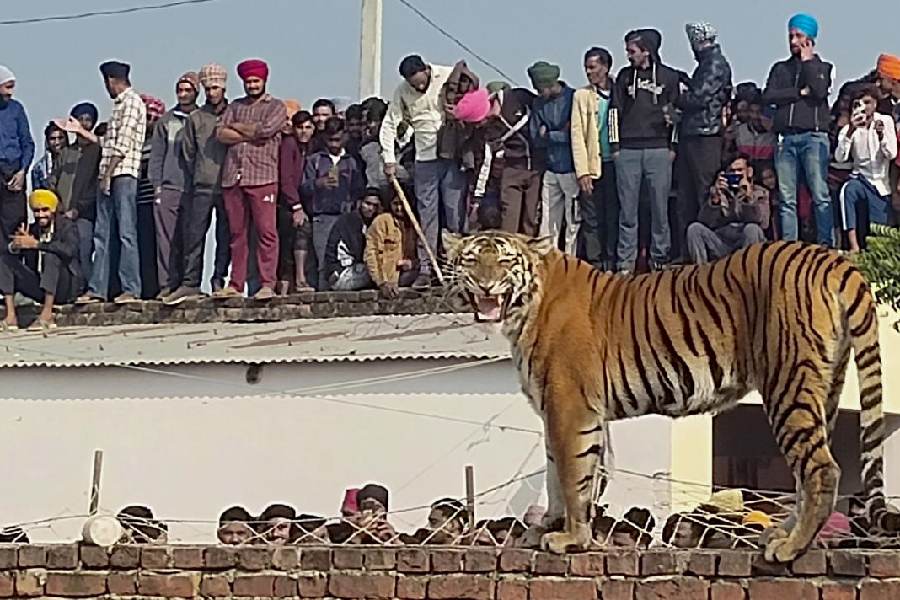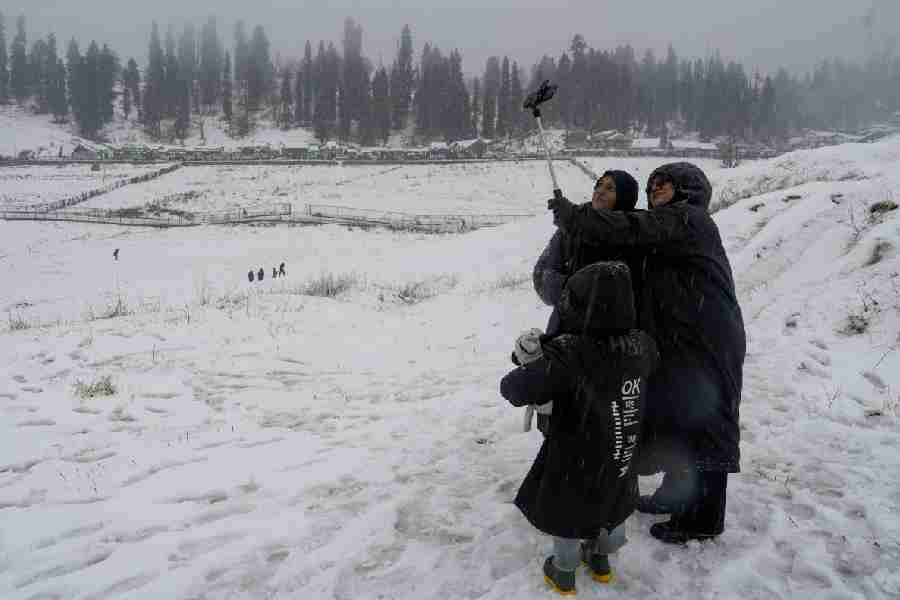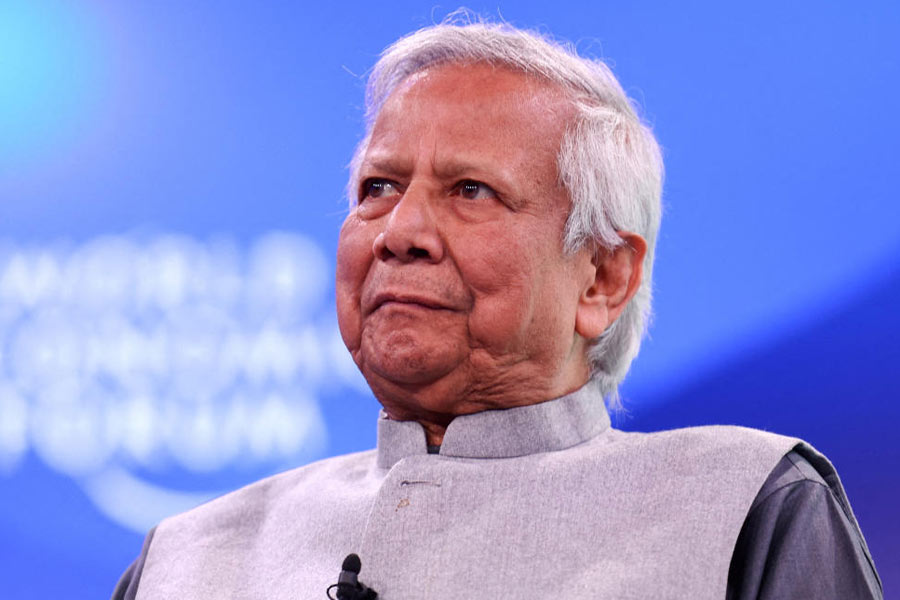In January, Radha, a 47-year-old tribal woman on her way to work in a tea plantation in Kerala’s Wayanad district, was killed and then half eaten by a tiger. Her death sparked outrage among people battling wild animal attacks. Following intense protests, the forest department declared the tiger a ‘man-eater’ and initiated the process of capturing it, or on failing to capture it, kill it. Despite opposition from the conservationists, the tiger was found dead after two days. As man-animal conflicts continue, Kerala is in a dilemma: should it prioritise wildlife conservation over peoples’ welfare?
People sharing space with wildlife live amidst crippling anxiety due to escalating human-wildlife confrontations. Tribal communities and marginal farmers who lack the capital to invest in conflict-mitigation methods are the principal victims. In Aralam, a quaint village tucked in the foothills of the Western Ghats, 14 lives have been lost to elephant attacks in the last 9 years. Crops and asset destruction continues, impairing personal, social and economic lives.
As per the available data, 917 human lives were lost in various man versus wildlife conflicts in Kerala from the financial year, 2016-2017, till date. Additionally, during a short period from December 14, 2024 to February 11, 2025, 11 people were killed. Unlike in the past, wild animals are being spotted in locations far away from their usual habitat. Farmers usually fail to mitigate the conflicts through non-lethal methods. The alarming frequency of such confrontations and the people’s plight call for revisiting conservation policies and wildlife protection laws.
The template of environmentalism that is gaining significance worldwide is vehemently opposed to farmers’ demand for mitigation strategies and removal of problem-causing animals from human-inhabited areas. The affected ask for long-term mitigation measures like constructing elephant-proof walls, installing electric fencing, and continuous watch by the forest department. However, these strategies jeopardise dominant conservation ideals. Desperate farmers and their organisations are now demanding the adoption of culling — the controlled killing of wildlife populations — so that the numbers can be kept in accordance with the carrying capacity of respective habitats.
Environmental narratives often sentimentalise, even romanticise, the human-animal relationship. Such narratives, as observed by Paul Greenough in his study, “Naturae Ferae: Wild Animals in South Asia and the Standard Environmental Narrative”, ignore the violent relationship that existed between humans and animals in the history of agriculture. Greenough refers to the initiatives of the authorities in different phases of history that ensured food production and people’s security by resisting wild animals. Apart from the popular descriptions of hunting as sport, there is an invisible history of hunting practised as a survival strategy among farmers and local communities.
In Yavatmal, a tigress named Avni was killed by the Maharashtra forest department as it was identified as a ‘man-eater’. Even though the incident ignited arguments on animal rights and conservation, the villagers’ security was given priority. The Supreme Court, upon a contempt petition, endorsed the act of the state of Maharashtra. Debates that follow such incidents largely accentuate the division between the urban imagination of the wild and the rural people’s experience of confronting wildlife.
The quick removal of problem-causing animals could be justified in terms of the security of the affected. The State should ensure environmental justice by adopting conservation policies that do not hamper citizens’ right to life.
Nelson Varghese is a research scholar at the Department of English and Cultural Studies, Christ University, Bengaluru, Karnataka










